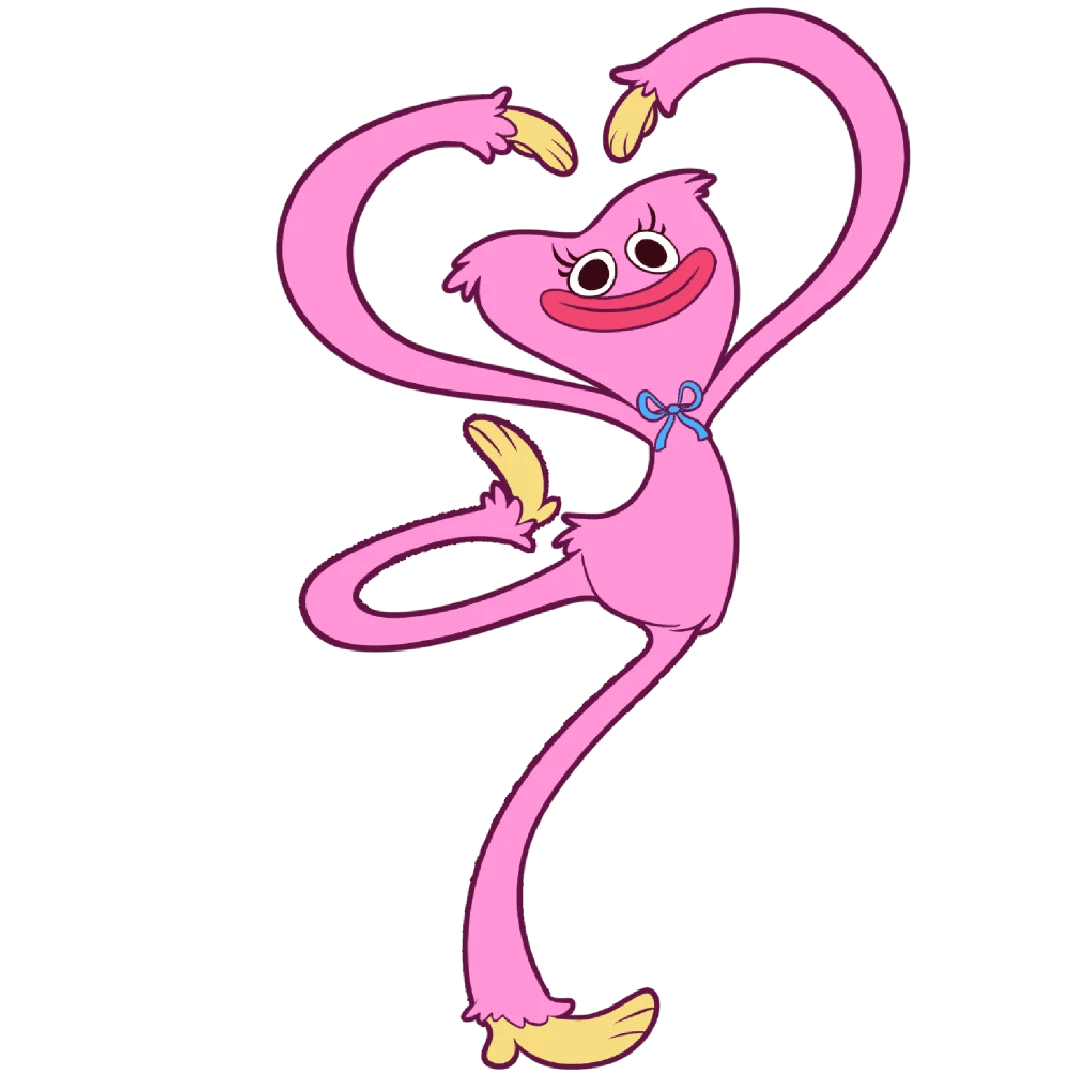Kissy moments are often seen as the universal language of love and affection. Whether it’s a playful peck on the cheek or a passionate smooch on the lips, kisses have a unique way of conveying emotions that words sometimes fail to express. They can signify a myriad of feelings, from romantic love to deep friendship, making them an integral part of human interaction. In this article, we’ll delve into the fascinating world of kisses, exploring their significance, types, and the cultural nuances that surround them.
Throughout history, kisses have held various meanings across different cultures, often symbolizing greeting, farewell, or an expression of love. These gestures can vary in style and significance depending on the context and the individuals involved. For many, a kiss can serve as a powerful reminder of cherished moments, connecting people across distances and generations.
As we explore the concept of a "kissy," we will also consider how this simple gesture can impact our relationships and emotional well-being. From the science behind the act of kissing to its representation in art and literature, this article aims to provide a comprehensive understanding of what makes kisses so special in our lives.
What is the History of Kissing?
The history of kissing can be traced back thousands of years. Early references to kissing can be found in ancient texts, with the first documented mention occurring in the Vedic Sanskrit texts of India around 1500 B.C. Over the centuries, kissing has evolved, reflecting changes in societal norms and cultural practices. In ancient Rome, for example, kisses were often used as a form of greeting and were categorized into different types based on the relationship between the individuals involved.
How Do Different Cultures Approach Kissing?
Kissing customs vary significantly around the world. In some cultures, kissing is a common greeting, while in others, it may be reserved for close relationships. Here are a few examples:
- In France, the "French kiss" is a well-known term that signifies a passionate kiss involving the tongue.
- In many Middle Eastern cultures, kissing on the cheek is a common way to greet friends and family.
- In some regions of Asia, a bow may replace a kiss as a sign of respect.
What Are the Psychological Benefits of Kissing?
Research has shown that kissing can have several psychological benefits. Some of these include:
- Releasing oxytocin, often referred to as the "love hormone," which fosters feelings of attachment and bonding.
- Reducing stress levels through the release of endorphins, leading to improved mood and emotional well-being.
- Enhancing intimacy between partners, strengthening romantic relationships.
Kissy: A Form of Non-Verbal Communication?
Kisses can convey messages that transcend verbal communication. The way a kiss is delivered can indicate a range of emotions, from affection to desire. Understanding the nuances of a kiss can help individuals navigate their relationships more effectively. For instance, a gentle kiss may suggest tenderness, while a more passionate kiss could signify intense attraction.
What Types of Kisses Exist?
There are numerous types of kisses, each with its unique meaning. Here are some of the most common:
- Peck: A quick and light kiss, often used as a greeting.
- French Kiss: A passionate kiss involving the use of tongues.
- Forehead Kiss: A gentle kiss on the forehead, signifying care and affection.
- Cheek Kiss: A common greeting in many cultures, often exchanged between friends.
How Does Kissing Impact Relationships?
Kissing can play a significant role in shaping relationships. It serves as a form of physical intimacy that can enhance emotional connections. Couples who frequently engage in kissing often report higher levels of satisfaction in their relationships. Kissing also acts as a way to express love and commitment, creating a sense of belonging and security.
Kissy Moments in Popular Culture
Kissing has been depicted in various forms of art, literature, and film throughout history. From Shakespeare's romantic sonnets to iconic movie scenes, kisses often symbolize love's triumph over adversity. These portrayals influence societal perceptions of love and affection, reinforcing the importance of kissing in human relationships.
What Are Some Iconic Kisses in Film History?
Several kisses have become legendary in cinematic history, leaving a lasting impact on audiences. Here are a few iconic moments:
- The kiss between Scarlett O'Hara and Rhett Butler in "Gone with the Wind."
- The passionate kiss shared by Jack and Rose in "Titanic."
- Spiderman's upside-down kiss with Mary Jane in "Spider-Man."
How Can You Make Your Kisses More Meaningful?
To enhance the significance of your kisses, consider the following tips:
- Be present in the moment and focus on your partner.
- Experiment with different types of kisses to keep things exciting.
- Incorporate elements of surprise, such as unexpected kisses throughout the day.
Conclusion: The Lasting Power of a Kissy Connection
Kissing is a powerful expression of affection that transcends cultural boundaries and speaks to the very essence of human connection. Whether it's a quick peck or a passionate embrace, the act of kissing holds the potential to strengthen relationships and foster emotional bonds. By understanding the significance of kisses and embracing their power, we can enhance our connections with others and create lasting memories that warm our hearts.
You Might Also Like
Understanding The Cost Of An In And Out FranchiseUnforgettable Moments From Last Night With Stephen Colbert
Taylor Swift's Enigmatic Reputation: The Allure Of The Black Outfit
Micky Van De Ven Injury Update: What You Need To Know
Discovering The Enigma Of Daisy Moore04
Article Recommendations
- 1534693 Piece Female Characters Deserve Attention
- 1230857 Tyler Perry Net Worth Age Height House Wife Son
- 1470855 Zack Lugos Biography Age Height Net Worth Girlfriend Brother
- Kristy Mcnichol
- Tiffany Link Earrings
- Josh Allen Old Tweets
- Oleksandr Zinchenko
- La Freeway Protest
- Thay Ksada


